AI Sovereignty: Web3 x AI Convergence Leads to New Blue Ocean
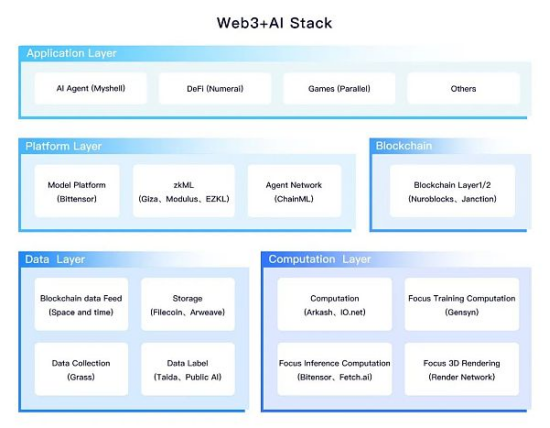
Abstract
When Jen-Hsun Huang spoke at WGS in Dubai, he coined the term “Sovereign AI”, bringing this year’s AI fever to a climax.
- Click to register SuperEx
- Click to download the SuperEx APP
- Click to enter SuperEx CMC
- Click to enter SuperEx DAO Academy — Space
The convergence of Web3 and Artificial Intelligence (AI) is becoming an inevitable trend. These two fields are no longer parallel lines of independent development, but are increasingly intertwined, and when they are combined, we can foresee a new Internet experience. In this AI-powered, Web3-enabled world, we will not only see more personalized and intelligent services, but also experience unprecedented data security and transparency.
AI can leverage its analytical and predictive capabilities within the Web3 framework, while Web3 provides AI with a decentralized, less tamper-evident data platform.
The convergence of Web3 and Artificial Intelligence (AI) is becoming an inevitable trend. These two fields are no longer parallel lines of independent development, but are increasingly intertwined, and when they are combined, we can foresee a new Internet experience. In this AI-powered, Web3-enabled world, we will not only see more personalized and intelligent services, but also experience unprecedented data security and transparency.
AI can leverage its analytical and predictive capabilities within the Web3 framework, while Web3 provides AI with a decentralized, less tamper-evident data platform.
This convergence heralds a smarter, more decentralized digital future. In this future, technology not only serves human beings, but is also closely linked to their lifestyles, values and goals. the combination of Web3 and AI is not only a technical fusion, but also an anticipation and shaping of the future social form and culture.
At the same time, a lot of “Blockchain + AI” and “Crypto + AI” projects are starting to emerge in the Web3 field, whether they are new or old. People’s attention has begun to shift to the combination of Web3 and AI, and think about the new wave that the combination of the two can bring.
As we mentioned in our previous article, Vitalik’s views on the synergies between AI and Crypto in “The promise and challenges of crypto + AI applications”: Crypto’s decentralization can balance the centralization of AI; AI is opaque; Crypto brings transparency; AI needs data, and blockchain facilitates data storage and tracking. This synergy runs throughout the industry picture of Web3 + AI.
Most Web3 + AI projects are using blockchain technology to solve the problem of building infrastructure projects for the AI industry, and a few projects are using AI to solve certain problems in Web3 applications.
The Web3 + AI industry picture is roughly as follows
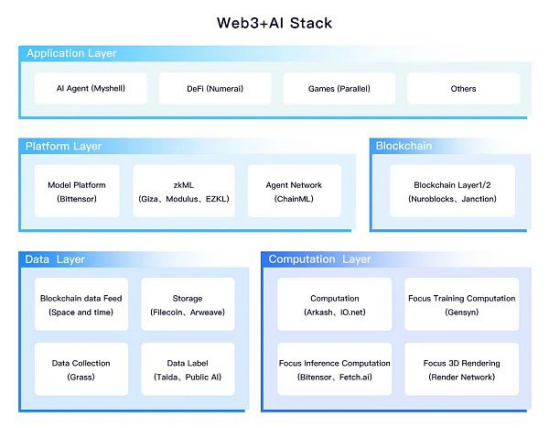
On May 5–6, 2024, the Global Forum on Artificial Intelligence Ethics, convened by UNESCO, focused on the field of “Sovereign AI,” with a number of AI companies, including OpenAI, Baidu, Russia’s cyber giant Yontekos, and the European Artificial Intelligence Consortium, launching their core products around the concept of Sovereign AI has launched its own core products.
In addition, countries such as Japan, South Korea, and Vietnam have developed generative AI for their own languages, and Singapore plans to develop large language models that can understand Indonesian, Malay, and Thai.
From the successive launch of products in different languages, it can be seen that the huge impact of generative AI is gradually appearing globally, and the importance of “sovereign AI” is also becoming more and more prominent in various countries.
We have no doubt about the power of combining Web3 and AI, and Web3 will be the next generation of the Internet that upholds individual sovereignty.
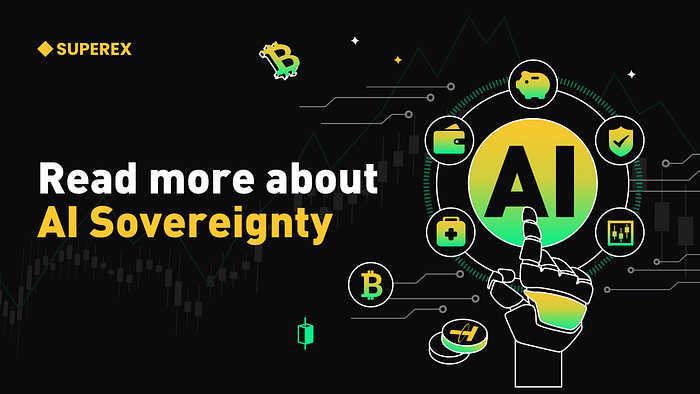
What is Sovereign AI?
“Sovereign AI” is a concept that has been frequently mentioned since the explosion of generative AI, which roughly refers to national support for AI infrastructure construction, training of large models with data that matches the culture and mindset of the country, and support for the formation of an ecosystem of local products.
The concept of “sovereign AI” proposed by Jen-Hsun Huang attempts (Figure 1) to illustrate that a country should emphasize control over AI technology and use it to maintain national security, promote economic growth, and foster cultural development. In response to the question of how to ensure “sovereign AI” as a leader of a developing country, he emphasized the idea that “a country should codify its own language and cultural data into its own large-scale language model”.
The main application areas of sovereign AI
1. Arithmetic Layer: Arithmetic Assetization
It is built into a distributed arithmetic network through Web3, creating a decentralized computing resource network through arithmetic leasing and sharing, which can not only meet the needs of many AI applications. Since it utilizes distributed idle arithmetic, it can significantly reduce the cost of AI arithmetic.
Effectively solves the problem of a substantial increase in the cost of the entire upstream and downstream industries of AI arithmetic due to the arithmetic of AI large models growing at a rate far exceeding Moore’s Law.
The arithmetic layer breakdown includes:
· General purpose decentralized arithmetic (e.g. Arkash, Io.net, etc.);
· Decentralized arithmetic for AI training (e.g. Gensyn, Flock.io, etc.);
· Decentralized arithmetic for AI reasoning (e.g. Fetch.ai, Hyperbolic, etc.);
· Decentralized arithmetic for 3D rendering (e.g., The Render Network, etc.).
The core advantage of Web3+AI’s arithmetic assetization lies in the decentralized arithmetic class of projects, which is easy to expand the network scale in combination with token incentives, and its low cost of computing resources is cost-effective, which can satisfy some of the medium- and low-end arithmetic needs.
Currently, blockchain is the mainstay of the field.
2. Data Layer: Data Assetization
Web3 can incentivize users to generate better quality data to further improve the quality of AI models.The bottom layer of AI is actually three components, algorithm, arithmetic and data. Data, on the other hand, is the most critical factor in determining the quality of AI models. Most of the current AI models are trained using public data, which is low-cost and at the same time difficult to guarantee the quality. Better quality data is the basis of efficient AI models, traditional market users can not get value from their own generated data, while Web3+AI brings data assetization can let users regain control of data sovereignty, can benefit from it, and have positive incentives to produce better quality content.
Collecting high-quality data is a precondition for AI model training, and through Web3, a distributed network can be utilized, combined with appropriate Token incentive mechanisms, and crowdsourcing collection methods can be used to obtain high-quality and extensive data at a lower cost.
According to the purpose of the project, data-based projects mainly include the following categories:
· Data collection type projects (e.g. Grass, etc.);
· Data transaction projects (e.g. Ocean Protocol, etc.);
· Data annotation class projects (e.g. Taida, Alaya, etc.);
· Blockchain data source projects (e.g. Spice AI, Space and time, etc.);
· Decentralized storage projects (e.g., Filecoin, Arweave, etc.).
Data-based Web3+AI projects are more challenging to design Token economic models because data is harder to standardize than arithmetic.
3. Platform Layer: Assetization of Platform Value
Platform-based Web3+AI projects mainly use Token to capture platform value to incentivize platform participants to build together. It is more helpful for the process of startup projects from 0–1, and can reduce the difficulty of the project side to look for partners such as arithmetic, data, AI developer communities, nodes, and so on.
4. Application layer: AI value assetization
AI can make past Web3 applications have higher intelligence and optimize the user experience.The security of DeFi has always been the sword of Damocles hanging over everyone’s head, and AI-enabled contract auditing will greatly reduce the likelihood of contractual security vulnerabilities.In the field of NFT and gaming, AIGC is capable of reducing the difficulty of material creation and accelerating innovation.In terms of DAO governance, AI not only serves as a support for the AI is not only able to provide advice to the governor, but also able to directly participate in governance as a member of governance, increasing the dimension of governance.
Future Prospects of Sovereign AI: Core Directions for the Global Sovereign State
· France is linking artificial intelligence technologies to the country’s industrial and digital sovereignty. In setting up the Generative Artificial Intelligence Commission last year, Bruno Le Maire, Minister of the Economy, Finance and Industry, Digital Sovereignty, emphasized that “30 years ago, we missed the digital revolution …… We can’t afford to miss out on a second chance! second chance. In this national race, France has important resources and we must go faster and further.”
· Rajiv Chandrasekhar, India’s Minister of State for Electronics and Information Technology, publicly stated not long ago, “We have made up our mind that we must have our own sovereign AI.”
· U.S. chip company NVIDIA said it would support countries in developing sovereign AI. “People realize they can’t offer their country’s knowledge, their culture, to other people and then (have those people) sell AI back to them.” Jen-Hsun Huang, chief executive of NVIDIA, said recently about “sovereign AI.”
Conclusion
Viewed from a macro perspective, Web3 and AI may possess two opposite kernels; Web3 emphasizes decentralization, while AI tends to be centralized due to the huge arithmetic requirements for model training. However, the two are not opposites, but complementary relationships. web3 represents the most advanced production relations, individuals truly own their own data, content, property, sovereignty is returned to the individual; AI represents the most advanced productivity, to liberate human beings from tedious repetitive work. The combination of the two is an inevitable trend in the development of the digital economy.


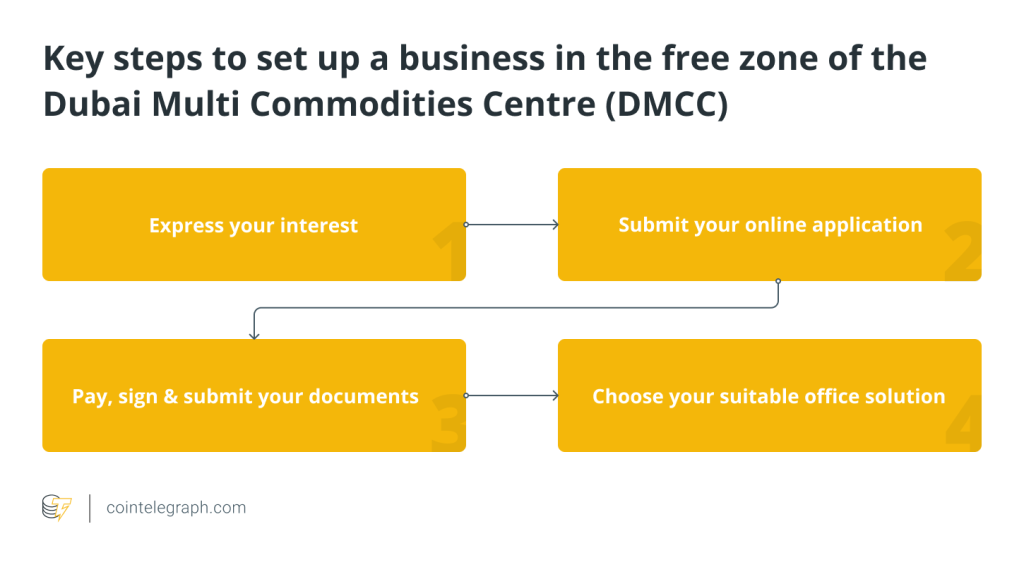


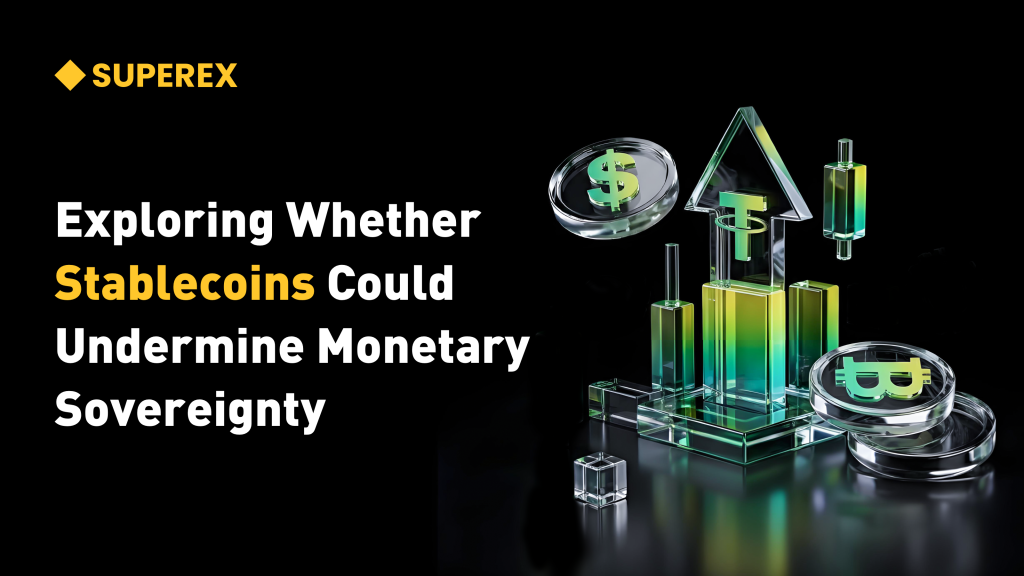
Responses